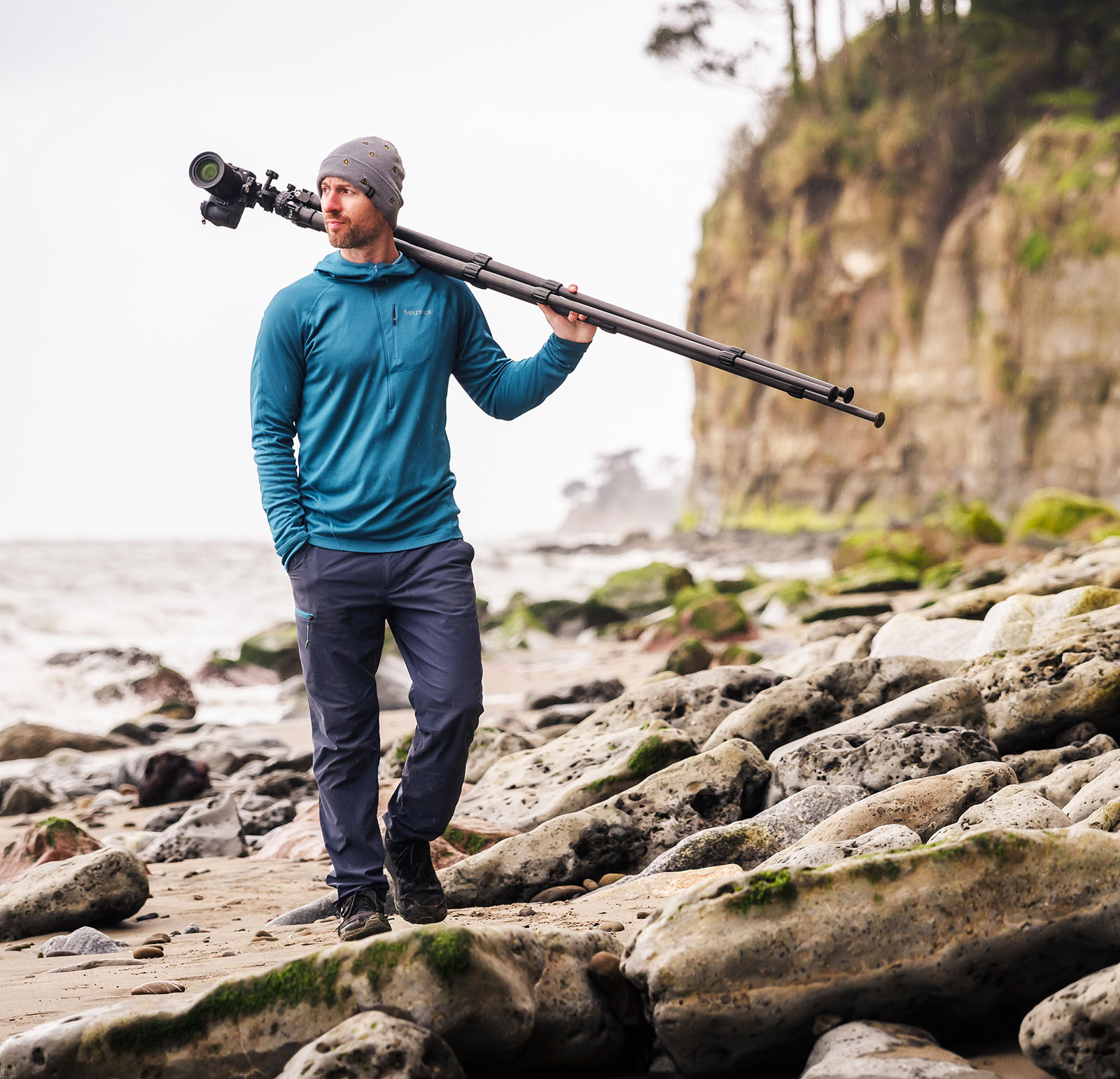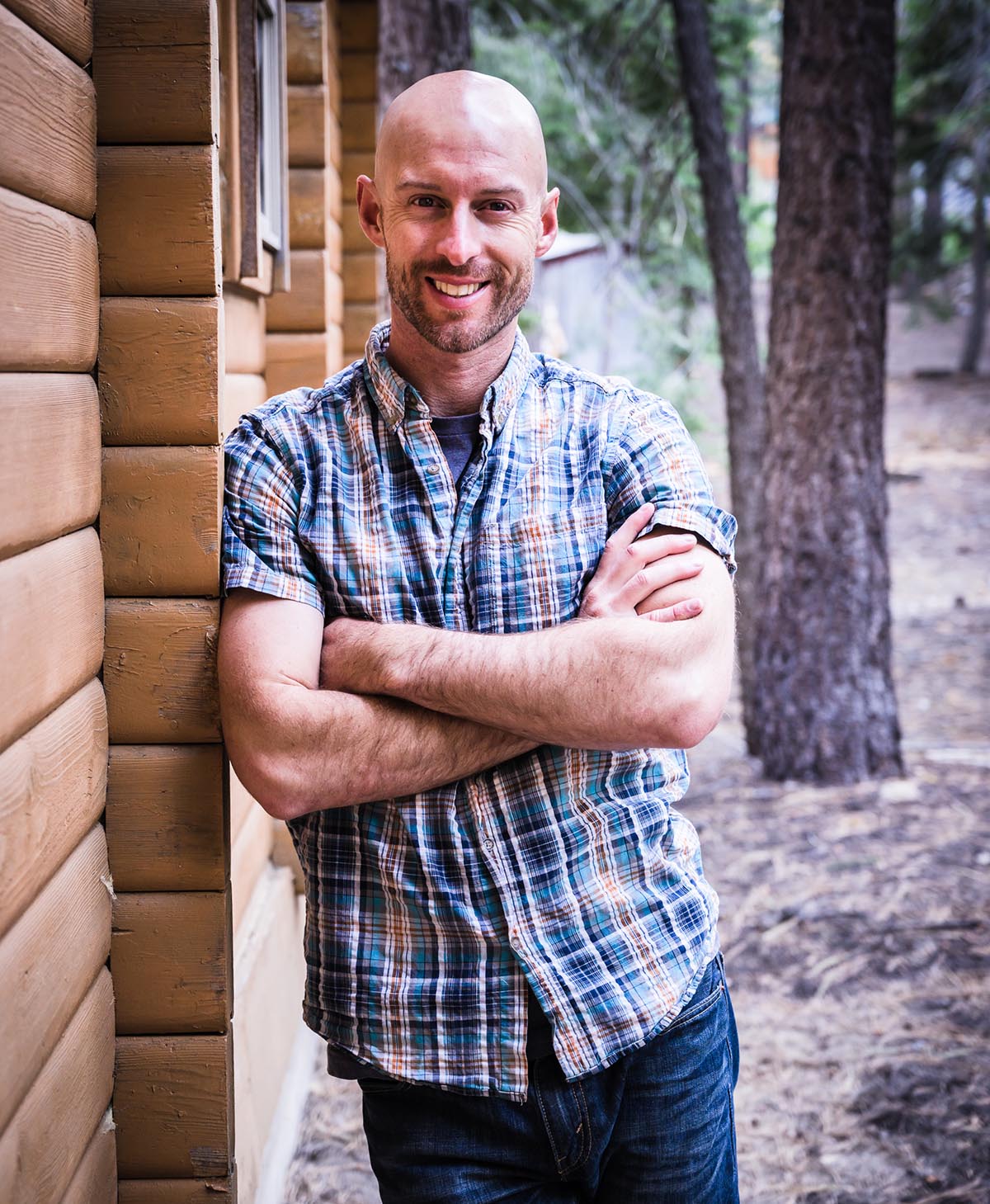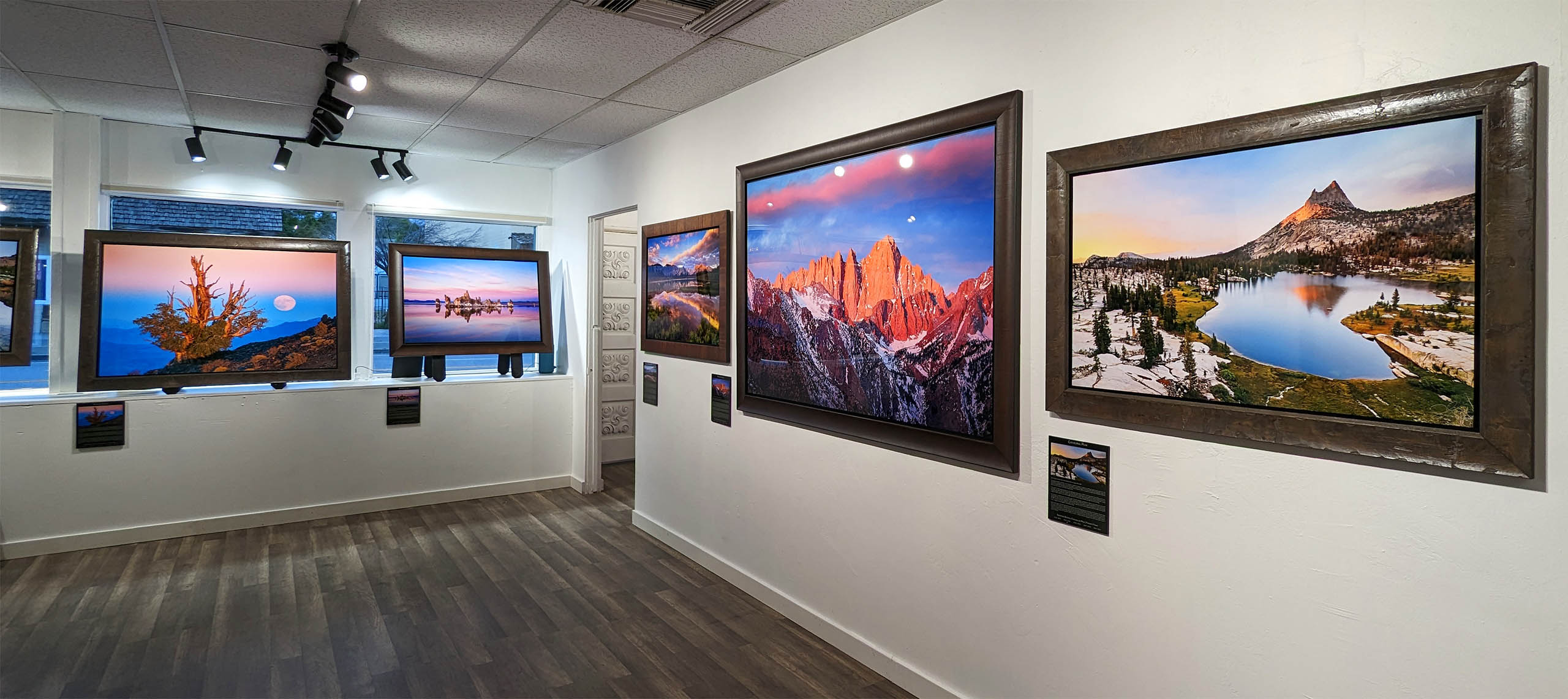For those of you who haven’t heard of Peter Lik, he’s probably the most commercially successful landscape photographer of all time. A few years back he traveled to New England for the fall color change, took a single frame of some pretty trees reflected in a pond, made a single print of that shot, and sold that print for a million dollars. Yup, a million. He has galleries in major destination cities like Honolulu, Aspen, Vegas, and Miami, and each is immaculately presented: the photos are huge and beautifully lit, with ridiculous wow factor. The galleries reek of upscale chic and you can expect to shell out at least a couple grand if you want to hang his work on your wall. Personally I’m not a huge of fan of Lik’s. He’s a decent photographer but often I find his colors over-saturated and feel that he could do more with his compositions. And the guy himself is uh, somewhat over the top. He presents himself as an extreme wilderness adventurer with an unparalleled dedication to his craft, which may be true if you come at it from a standpoint of an armchair photographer, or it may not if you come at it from the standpoint of someone like Marc Adamus, who just spent weeks by himself backpacking and photographing in the Yukon Territory. But as much as Peter Lik’s extreme persona rubs me the wrong way, I admit to having a huge amount of respect for his business acumen and marketing savvy, because he understands one thing very clearly: how you present yourself to the world is how the world will see you. I’m not saying you have to be a caricature of awesomeness to be successful in life. I am saying there are some fantastic lessons to be learned here, one of the most important of which is how you value yourself. Do you approach your work with an attitude of self worth or self doubt? Let me give you an example. When I was first starting to do art festivals I had the most rinky-dink, cheap booth setup I could make: a back wall for displaying framed prints and a handful of wooden boxes for displaying matted prints.
What this setup said was, “ooh, I’m just starting out, please pity me!” It smacked of self doubt. But I learned my lesson, and now my booth says, “I respect myself, I respect my work, and so should you.”
Another great example for all the artists out there is pricing. The tendency is to say “I’m just starting out,” or “I’m just a beginner,” or “I’m not trying to get rich from this,” and to set your prices super low. And true, if I can make a 12×18 print for $6 and sell it for $7, well then I’ve made a profit. But what does that say about how I value my work? And how other people should value my work? A second great lesson to take away from this is not just how your present yourself, but what you present in the first place. I once heard that the difference between a professional and amateur photographer is that the professional takes way more bad photos. But the question is, what photos does the professional show? Consider two guys of equal talent. One shares all the photos he takes, good and bad. You know what happens? He builds a reputation for himself as a mediocre photographer who occasionally produces good work. The second guy is brutal in his self-editing and only shares his absolute best stuff. Even though he’s not a better shooter than the first guy, he builds a reputation as an excellent photographer. Here are two sets of images I took. What does each set say about me as a photographer? The first says that I shoot a random mish-mosh of stuff, not that impressive. But the second set says “here’s a guy who takes seascape photography very seriously.”
So what’s the moral of the story here? You don’t have to be disingenuous and pound your chest, saying “I’m the greatest thing since sliced bread!” But if you value yourself, your work, what you do, and you show people that then people will value you too. And that goes for life as well as art. Please leave your own thoughts in the comments below.


Joshua Cripps is a renowned landscape photographer who has garnered worldwide acclaim for his breathtaking images of our planet’s wild places. His photos have been published by the likes of National Geographic, NASA, CNN, BBC, and Nikon Global.

The Mt. Whitney Gallery was founded in 2023 by Joshua Cripps as a way to share his passion stunning landscapes of the Sierra Nevada and beyond.
Set at the foot of the breathtaking Sierra with a view of the range’s highest peaks, the gallery features large format, museum-caliber fine art prints of Josh’s signature photographs.
Course Login | Results Disclaimer | Terms and Conditions | Privacy Policy
© Copyright – Joshua Cripps Photography
